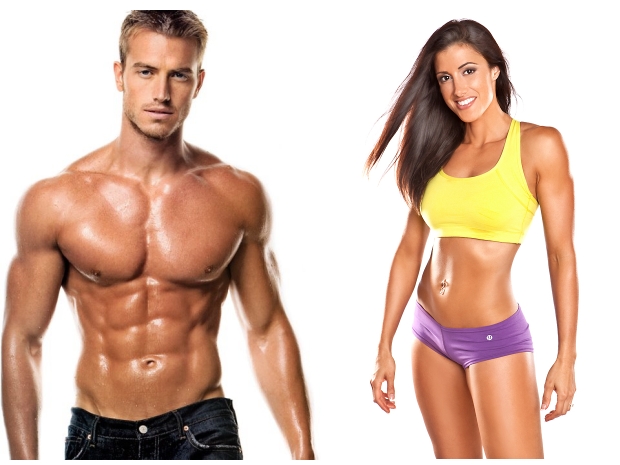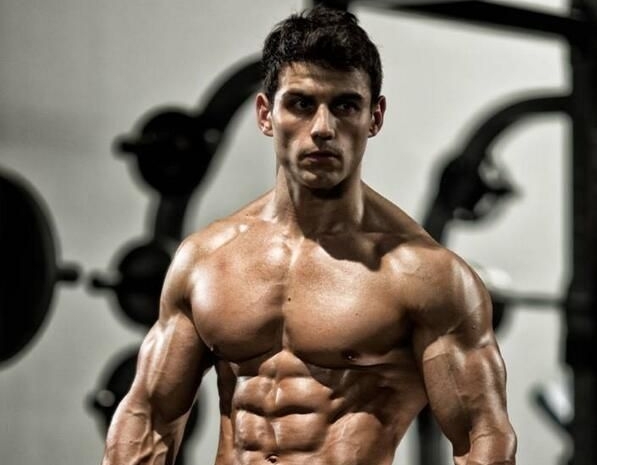Fitness Basics

Fitness Basics - Your1st step to understand healthy living
Why be fit?
If you already want to look and feel good, skip to the next paragraph. If you question the very reason to be fit, keep reading.
You may argue that you are too busy working to pay attention to fitness. The answer is that fitter individuals performs far better than an unfit ones.
Fitter individuals also look good and feel more confident which further boost their performance.
In personal life, higher fitness levels reflect positively on the attitude and mood. Those who do not follow a fitness regimen tend to look and feel lazy, get sick easily, take longer
to recover from illness and are not able to enjoy life to its fullest.
When working on fitness, most of the people fail because they do not adhere to the basics. The ones who are established in the field ensure that the
fundamental rules of diet and exercising are followed. Getting educated about fitness basics is the first essential step towards making a plan which works
best as per your own unique requirements.
Letís understand some of these fitness basics so when you hit the gym you'll know what you can expect - that is solid results backed by perfect
planning. Always remember the saying, "failing to plan is planning to fail". By sticking to the basics you'll be able to prepare a perfect fitness plan.
Fitness basic # 1: Exercise.
When you aim to gain fitness, allot time to three streams of exercises: Resistance training or weight lifting, stretching exercises
and cardiovascular exercises or aerobics. Including all three in your exercising regime will provide fitness and strength without compromising
with flexibility and cardiovascular health. That way, you'll not only look good but also feel great inside.
††††††††††Resistance training: With resistance training you work with reps, sets and some essential guidelines. Reps stand for repetitions of an exercise. Sets
consist of a number of reps. Ideally one should be doing a minimum eight to a max of twelve reps in each set. After every set a break of two to five
minutes is required to perform the exercises again. These breaks are used to do stretching exercises which relax the contracted muscle
fibers and also disperse the accumulated lactic acid. If you are looking to grow your muscles, aim at doing three sets. To maintain your current
muscle strength, do not exceed two sets. Limit every session to twenty minutes.
††††††††††Stretching: Perform a stretch which pulls the muscles (not literally) just used in the set. Stretching signals the muscles to grow and handle
both resisted contractions and stretching without breaking/injury. As many have said, it is the stretching that grows the muscles, not when you
actually exercise.
††††††††††Cardiovascular: These are the exercises primarily using the lower body with very less or no extra weight but performed continuously for a
set period of time.
As the various scientific studies conclude, a weight training program combined with a cardiovascular exercising routine not only boosts the pace of
fat loss, but also keeps the cardiovascular system (lungs, hearth, circulatory system) in excellent shape.
Fitness Basic # 2: Rest!
Body replenishes the energy stores and rebuilds the muscle fibers when we sleep. This ensures that we are able to fully
recover to be able to do more exercises. DO NOT IGNORE THIS! Not taking full rest is the best way TO GET INJURED. Injury causes a sudden
unwanted break in the exercising routine, which results in more fat getting accumulated in the body. ALWAYS give muscles 48 - 72 hours between
two sessions. DO NOT work on the same muscle group every day. Also, do not exercise a muscle group more than twice a week.
Sample workout routine:
Monday: Arms, abs.
Tuesday: Chest, shoulders, back.
Wednesday: Legs, hips.
Thursday: Arms, abs.
Friday: Chest, shoulders, back.
Saturday: Legs, Hips.
Sunday: Rest.
Fitness basic # 3:
Balanced diet(Read full tutorial)
A well balanced diet consisting of all the essential nutrients viz. carbohydrates, fats and proteins from natural sources will keep
your body naturally balanced. It is a very well known fact yet most of the people aiming to acquire prime fitness ignore this.
A balanced diet ensures
that body is not deprived of the any nutrients, lack of which hinders with body's ability to fight disease. A balanced diet also plays a very important
role in maintaining a healthy metabolism rate which plays a huge role in achieving fat loss/fitness goals. Prefer natural, unprocessed foods (organic
if you can afford) over fried, junk foods.
Another important factor is meal size. Smaller and more frequent is better than big, less frequent meals.
Fat, carbohydrates and protein are the main nutrients the body needs. They need to be balanced in each meal to best address the requirements of your
fitness regimen.
People tend to focus too much on these nutrients and they forget the most important one - Water. Our body is 70% water and our
brain needs most of it to function efficiently. Lack of water in body hinders with fat loss, reduces performance and also slows down the brain.
Staying hydrated doesn't mean that you need to drink 10 gallons, 2 -3 litres a day works best of all.
Above mentioned are the key basic points which must be adhered to when making a fitness plan to achieve a goal. Another very important factor
for achieve fitness goals (or any other goals) is to maintain a progress report. Proper planning, discipline and monitoring are the key ingredients of success in any field.








